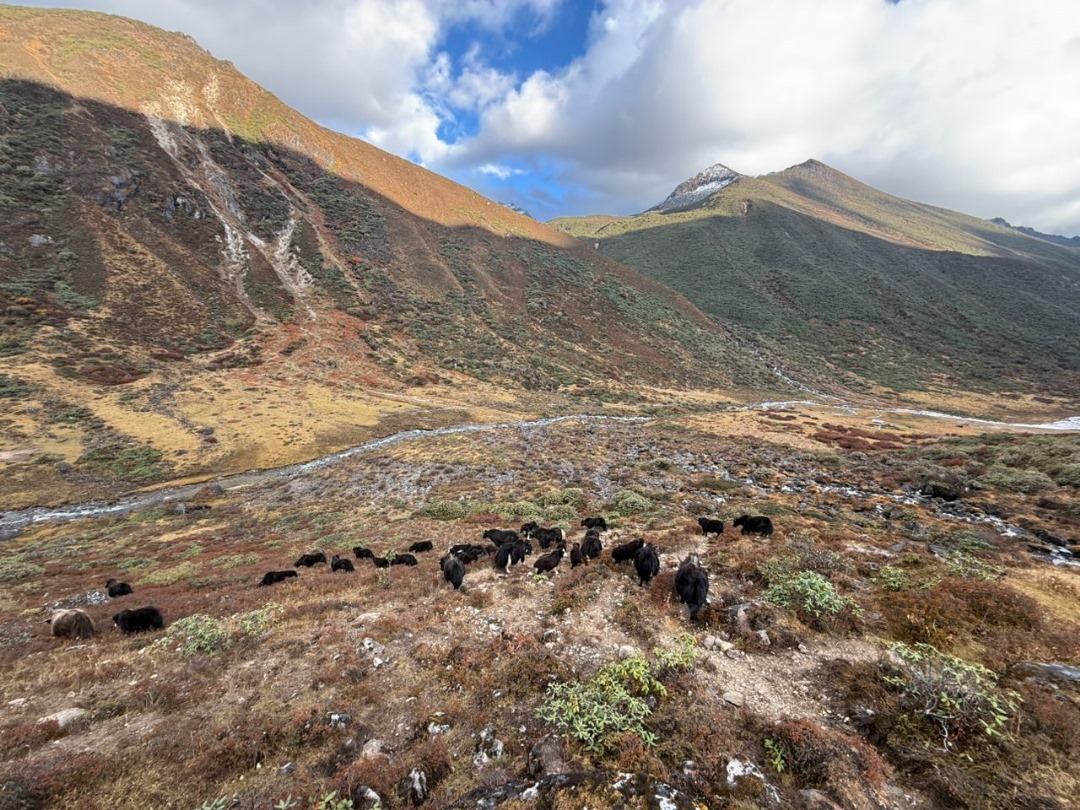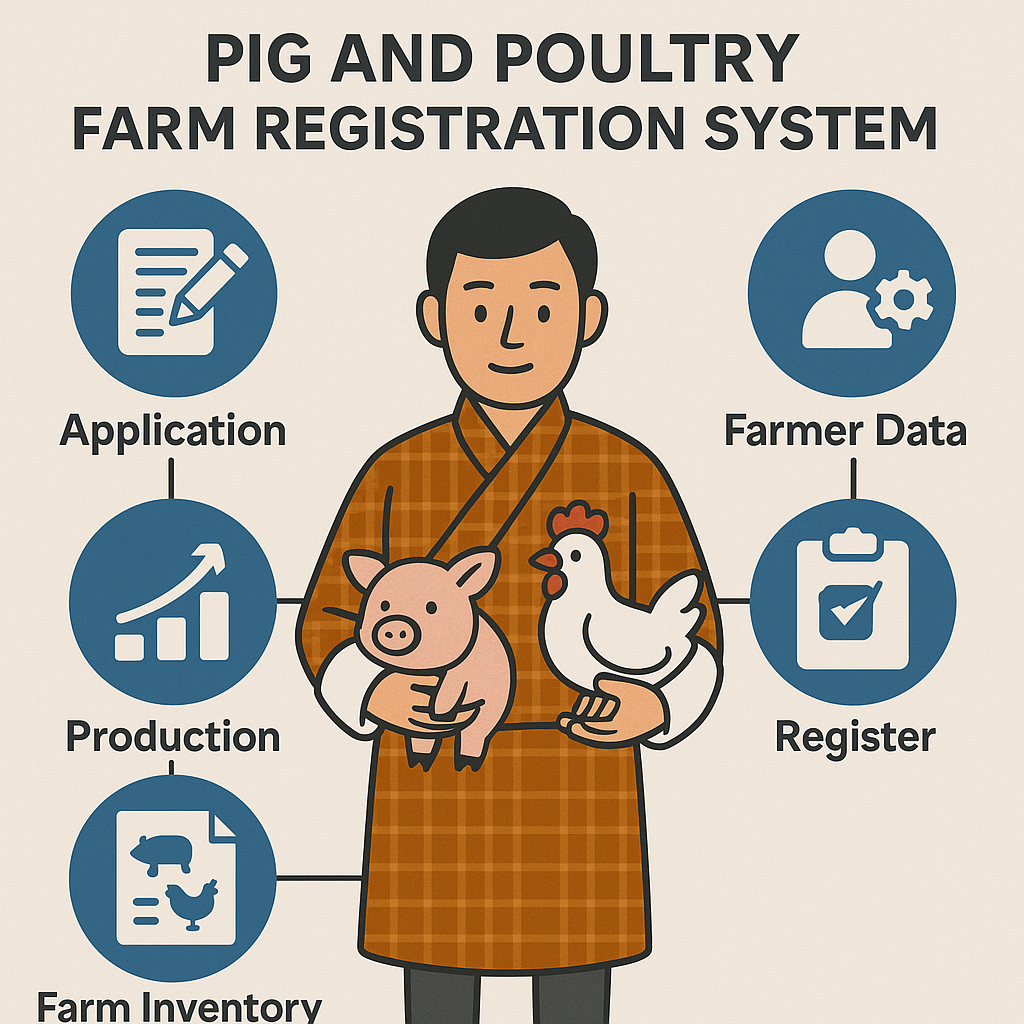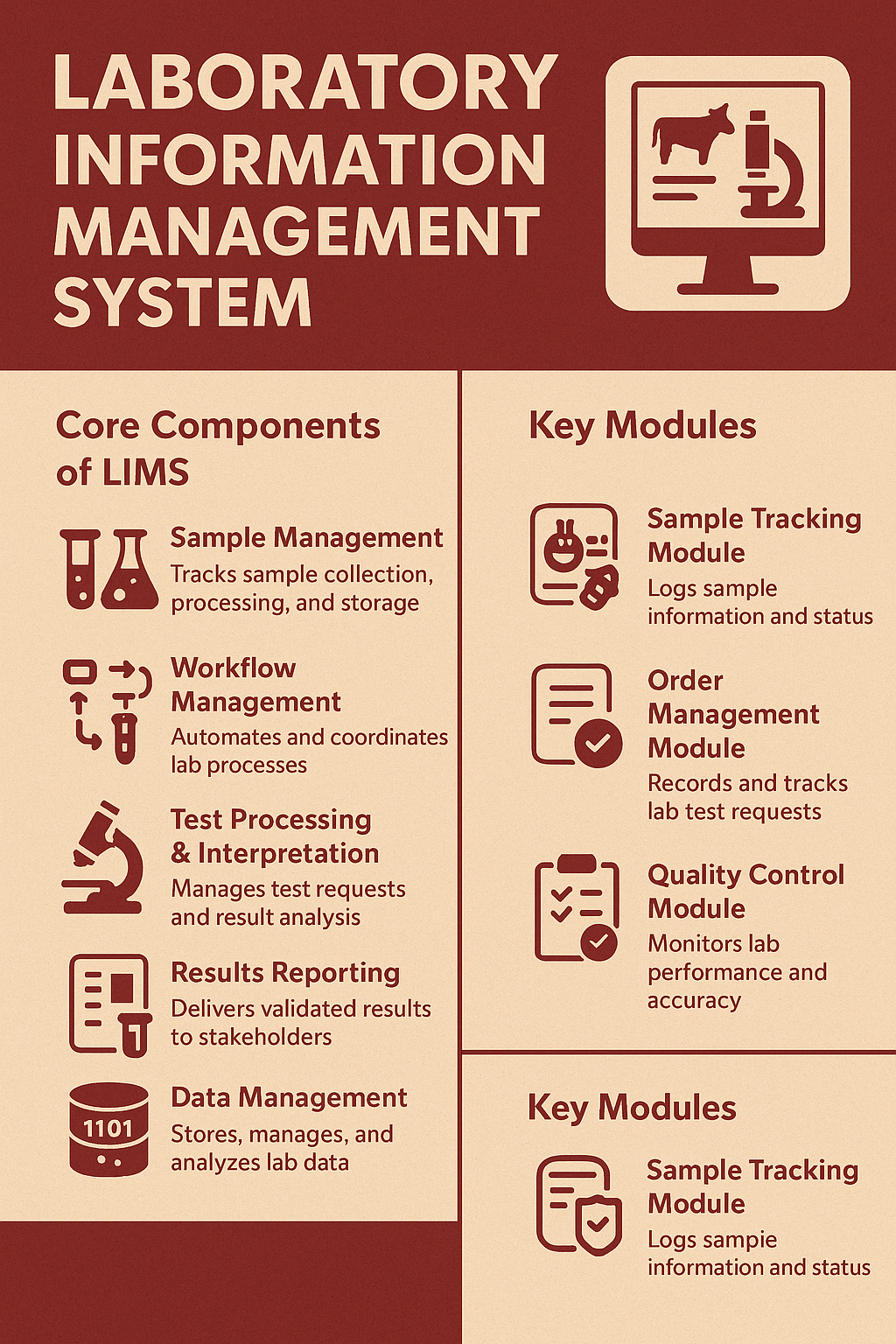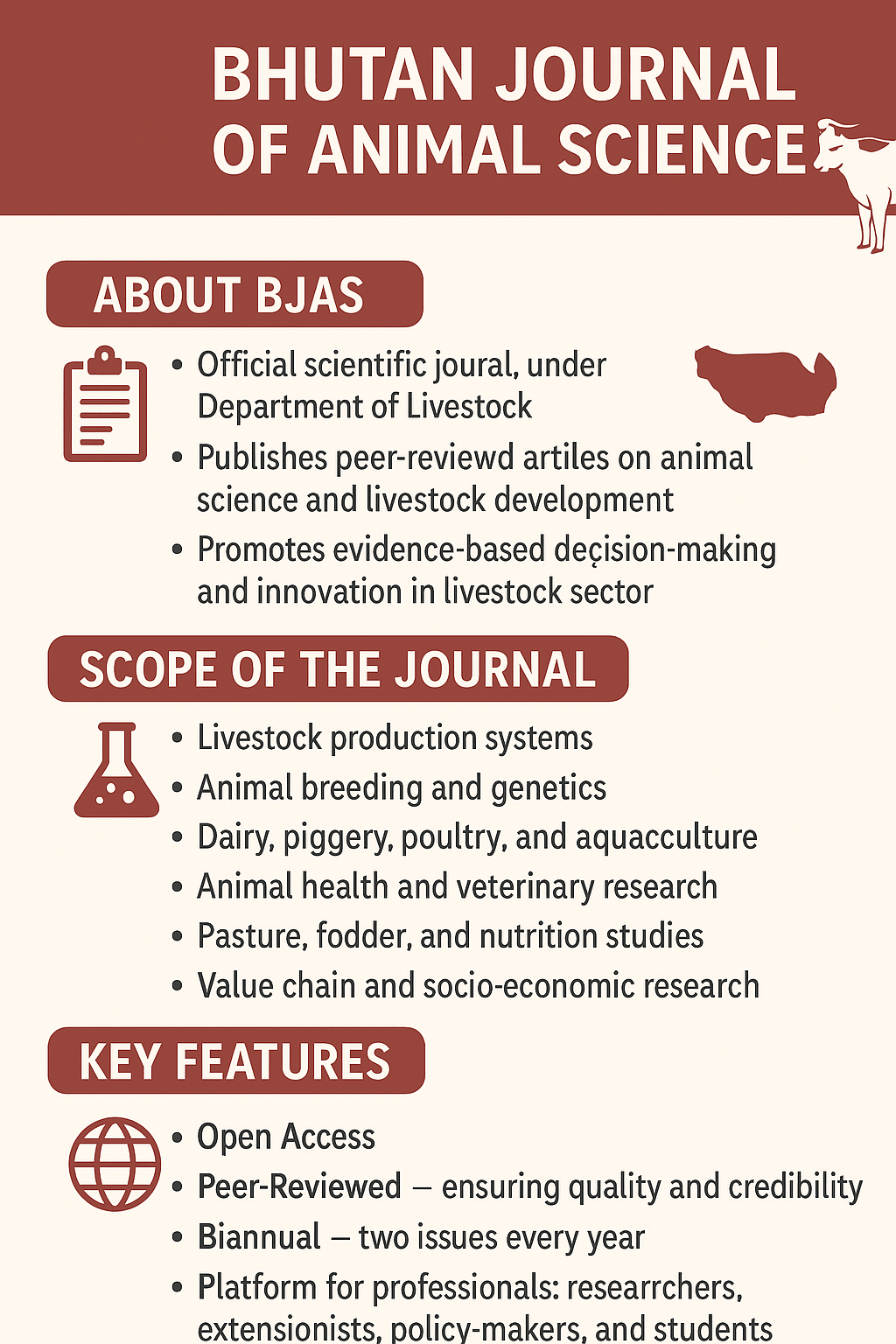The research project “Native Fodder Resources of High-Altitude Regions: Identification, Diversity, and Nutritional Characterization”, funded by the EU TAAS Project, Food and Agriculture Organization (FAO), was conducted from 24 September to 1 November 2025 across selected high-altitude rangelands in Bhutan. The study aimed to systematically identify, document, and characterize native fodder species in alpine rangeland to support sustainable livestock management and enhance feed security.
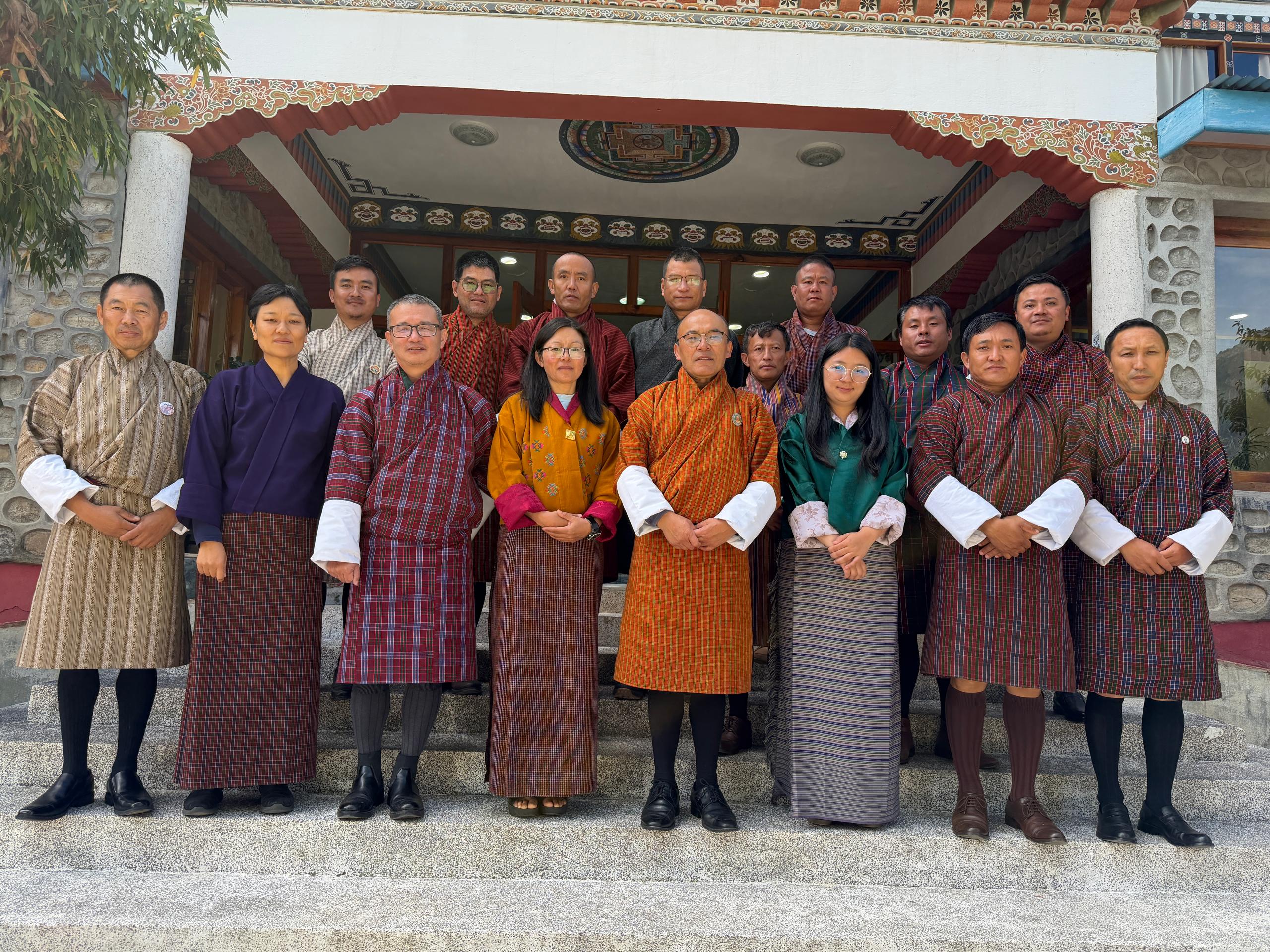

Bhutan’s mountainous terrain, ranging from subtropical to alpine zones, supports diverse livestock production systems, particularly yak-based pastoralism in high-altitude Dzongkhags such as Bumthang, Gasa, Haa, Trashigang, and Thimphu. Despite the critical role of rangelands in sustaining rural livelihoods, the country faces seasonal fodder shortages, declining pasture quality, and limited scientific documentation of native fodder biodiversity. Traditional ecological knowledge of forage species and their utilization is also at risk of erosion due to modernization and land-use change.
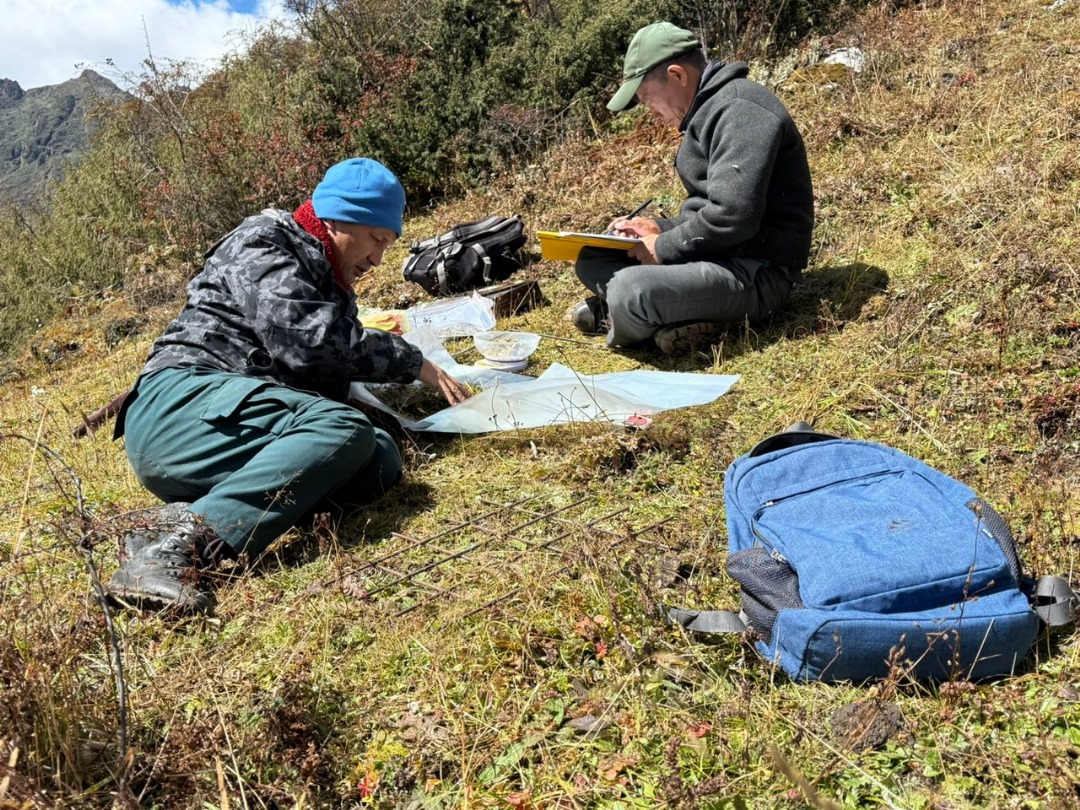
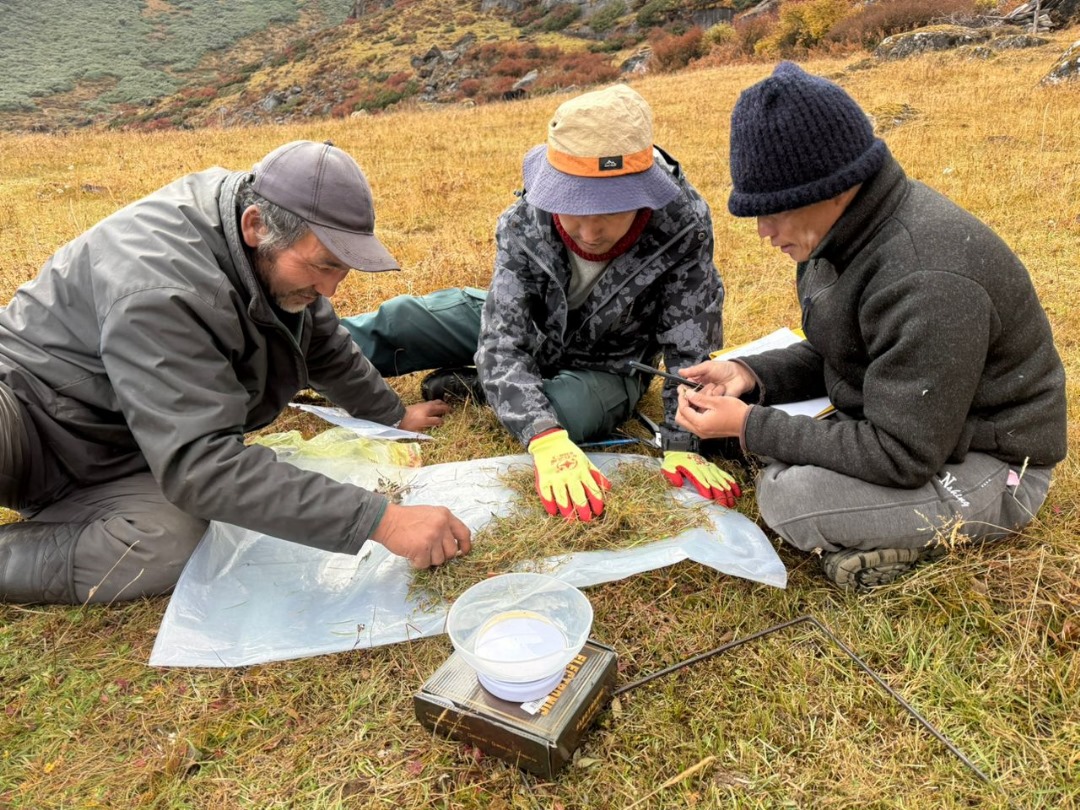
The study covered 28 rangelands both summer and winter pasture land distributed across seven Gewogs in the five Dzongkhags mentioned above. A total of 140 fodder samples and 148 herbarium specimens were collected through field-based surveys using three standardized identification approaches: (i) expert listing by local herders, (ii) transect walk and field observation, and (iii) scientific taxonomic identification and validation. Quadrat and grid techniques were used to assess species diversity, fodder biomass, and composition. Composite fodder samples were analysed at the National Development Centre for Animal Nutrition (NDCAN), Bumthang, for nutrient composition following AOAC protocols.
The study recorded a total of 212 native plant species across the study areas, including 63 grasses, 21 sedges, 5 rushes, and 123 herbs. The highest species richness was observed in Merak (Trashigang), followed by Chokhor (Bumthang) and Lingzhi (Thimphu). The primary fodder families included Poaceae, Cyperaceae, and Juncaceae, while major herbaceous fodders belonged to Asteraceae, Fabaceae, Polygonaceae, and Rosaceae. The average native fodder biomass production was estimated at 673 kg (freshweight) per acre per year, with about 50% of the biomass being grazeable. Fodder productivity varied significantly among sites, with Chokhor showing the highest yield and Merak the lowest, reflecting local differences in altitude, grazing pressure, and climatic conditions.
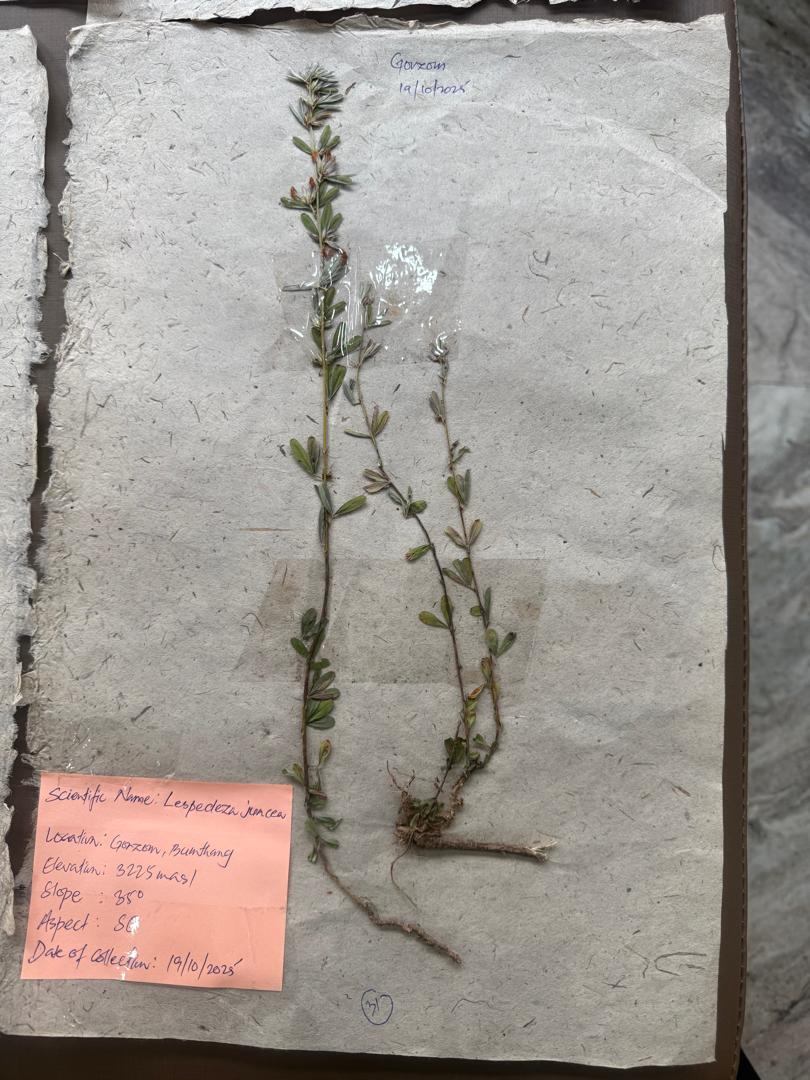
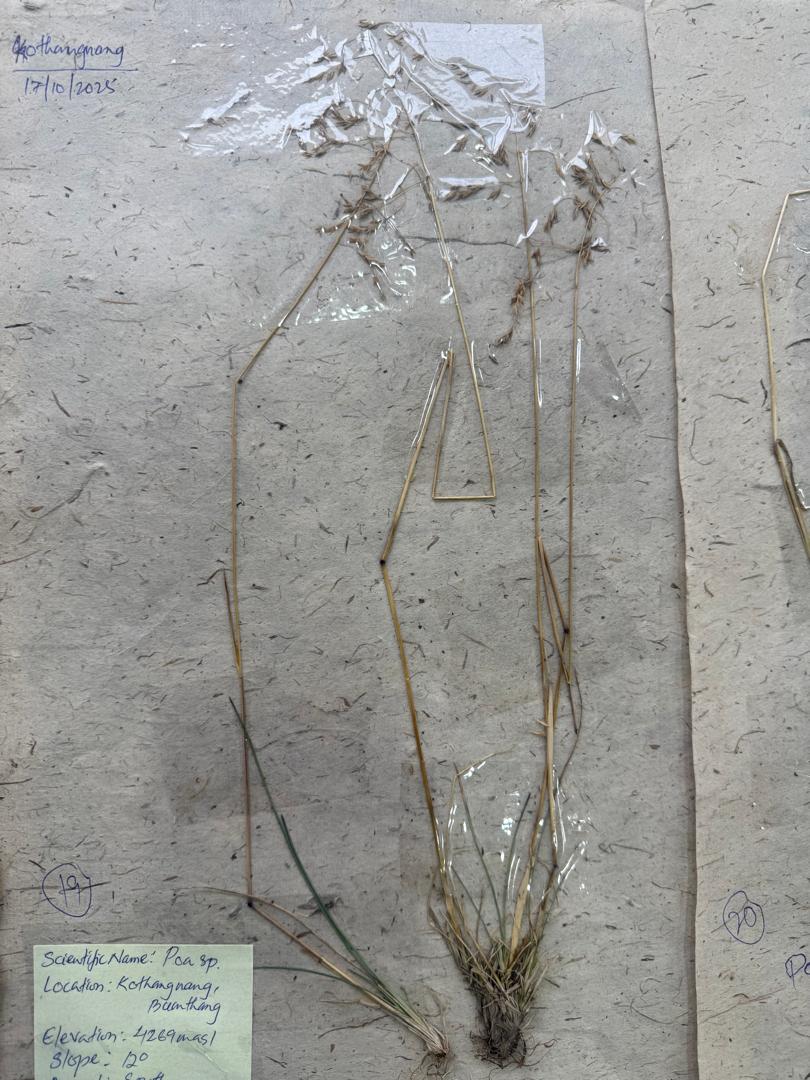
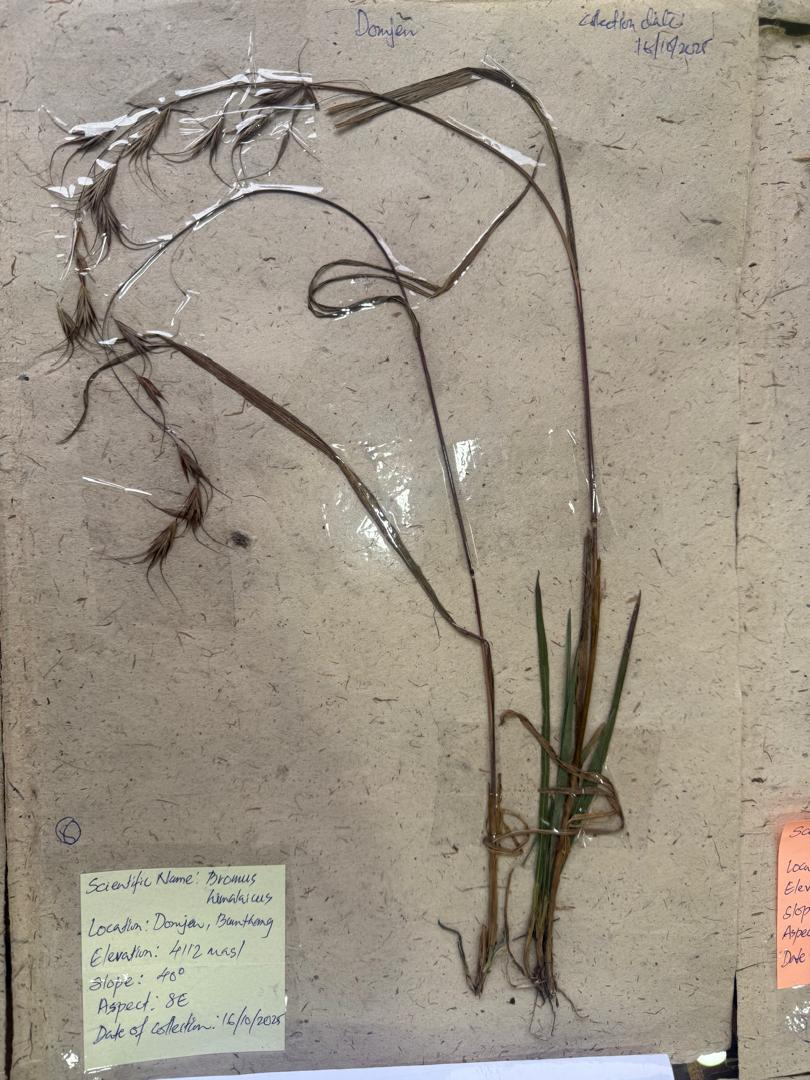
A total of 150 herbarium specimens were validated and archived, forming the first comprehensive collection of native high-altitude fodder species in Bhutan. These specimens will be preserved at the National Livestock Research Centre (NLRC), Bumthang, where they will be accessible to visitors for educational purposes during study tours and trainings. The collection will also be shared with relevant agencies under the Department to promote awareness and knowledge of native fodder species through live herbarium displays. Furthermore, the specimens will be featured in programs and sessions organized by the Department of Livestock to disseminate findings on major native fodder species of Bhutan’s alpine meadows.
The study confirmed that the country’s highland rangelands host a rich diversity of valuable fodder plants that are both ecologically resilient and nutritionally important for Yak, Zo/Zom, Goleng, sheep, and horse production systems. This study highlights the need for systematic conservation and sustainable utilization of native fodder resources. Integrating local ecological knowledge with scientific assessment can guide region-specific fodder management strategies, improve feed availability, and strengthen the resilience of Bhutan’s pastoral livelihoods. Continued research, community engagement, andpolicy support are vital to ensure that the country’s highland rangelands remain productive, bio- diverse, and sustainable for generations to come.
![]()

